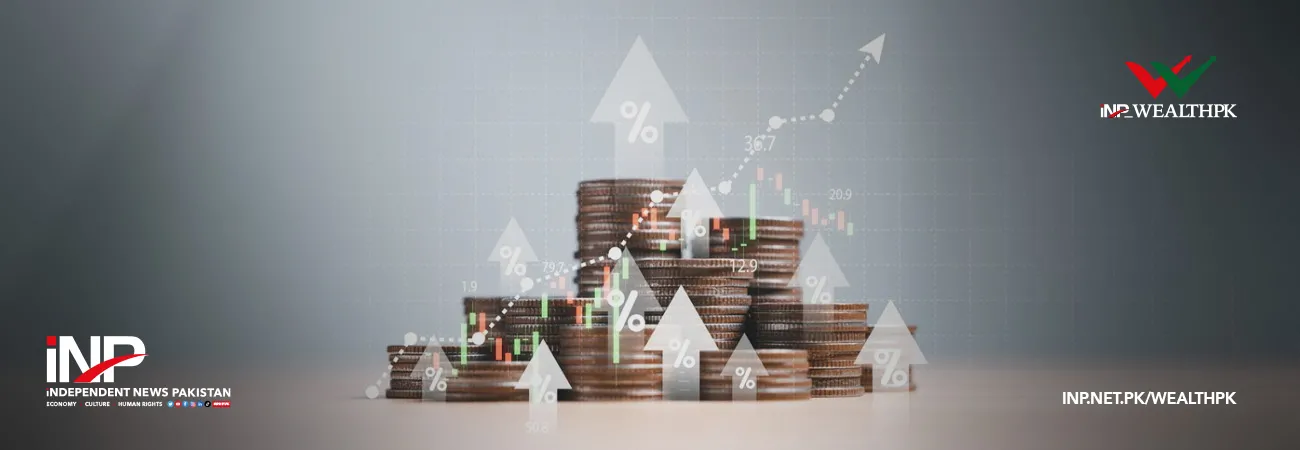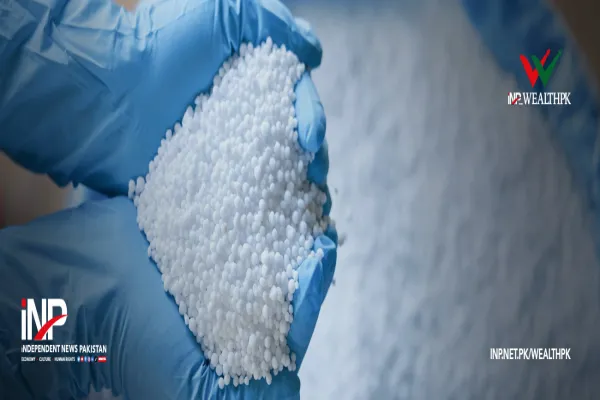i INP-WEALTHPK
Moaaz Manzoor
Amid easing inflation and signs of macroeconomic stability, Pakistan’s high real interest rates remain a major drag on growth. Experts warn that without timely interest rate adjustments, the fragile recovery could lose momentum before it takes hold, reports WealthPK.
Despite a cumulative 11-percentage-point cut in the policy rate over the past year, analysts contend that the real interest rate—currently at 7.8%—remains unjustifiably high.
Speaking to WealthPK, Muhammad Waqas Ghani, Head of Equity Research at JS Global Capital, emphasized that this figure still reflects tight monetary conditions.
“Despite the 11ppt decline in the policy rate over the past 12 months, the real interest rate (RIR) still hovers around ~7.8ppt,” he said, adding, “Given the improvement in inflation, the current account position, and FX reserves, there’s a strong case for monetary easing to stimulate credit growth and revive private sector activity.”
Supporting this view, Uzma Aftab, senior researcher at the Policy Research and Advisory Council (PRAC), said the current policy rate of 11% is “excessively restrictive” when compared to June 2025’s headline inflation of just 3.2%. This disconnect, she argued, is “severely undermining private sector growth and investment.”
Drawing comparisons with regional economies, Uzma noted that Pakistan's real interest rate stands far above those of India (+2.7%), Bangladesh (+1.5%), Vietnam (+0.9%), and China (+2.9%), making Pakistan a clear outlier in terms of policy tightness.
According to her, “This disinflationary trend has provided the State Bank of Pakistan (SBP) with the opportunity to consider modest interest rate cuts of 1,100 basis points in FY25,” and she believes further reductions are still warranted.
Such a move, she argues, could bolster struggling sectors like manufacturing and agriculture, where the Large-Scale Manufacturing Index (LSMI) contracted by -1.5% in the first nine months of FY25. However, both experts caution that monetary loosening should be accompanied by structural safeguards.
Uzma warned that inflation could rebound due to pending fiscal measures, including climate-related levies such as a potential carbon tax. These would likely raise energy and transportation costs, reintroducing price pressures.
“Without mitigation—such as revenue-neutral carbon tax design or prudent fiscal financing via tax reforms (not borrowing)—these pressures could reverse the inflationary gains,” she said.
Additionally, the fragility of Pakistan’s external account and its vulnerability to global oil price shocks, especially amid renewed Middle East tensions, could reignite imported inflation.
She concluded that failure to address underlying structural vulnerabilities, particularly in energy pricing and forex reserves, could quickly undermine progress, leaving the economy exposed to renewed inflationary spirals.
Despite visible macroeconomic improvements, Pakistan’s persistently high real interest rate continues to act as a brake on credit expansion and private sector revival.
Experts unanimously call for timely and calibrated rate adjustments—backed by structural reforms—to ensure that growth is sustained and disinflation gains are not prematurely undone.
Credit: INP-WealthPk









